Professional Spider Care Guide
Expert Guidelines • Best Practices • Health Management
Essential Care Requirements
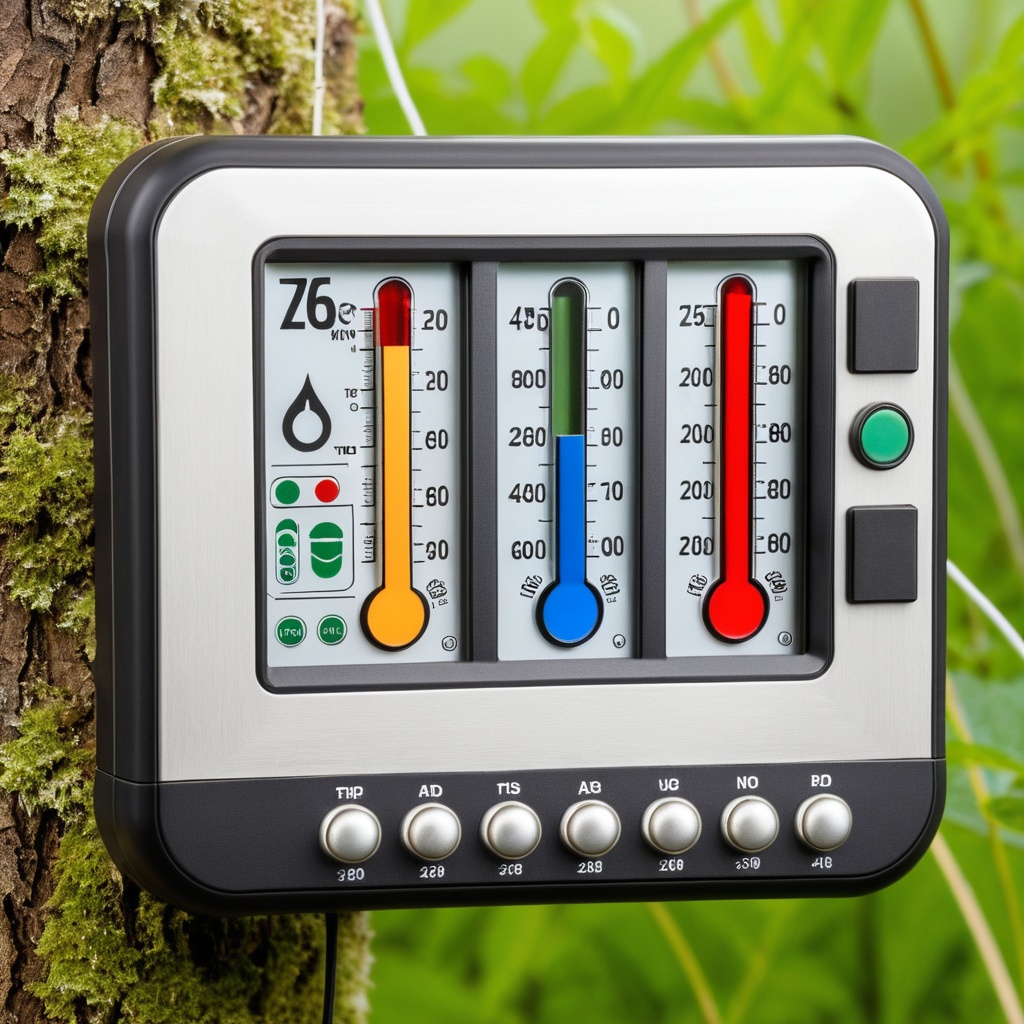
Temperature
- Optimal range: 72-78°F (22-26°C)
- Night temperature drop: 2-3°F
- Avoid sudden temperature changes
- Monitor with digital thermometer
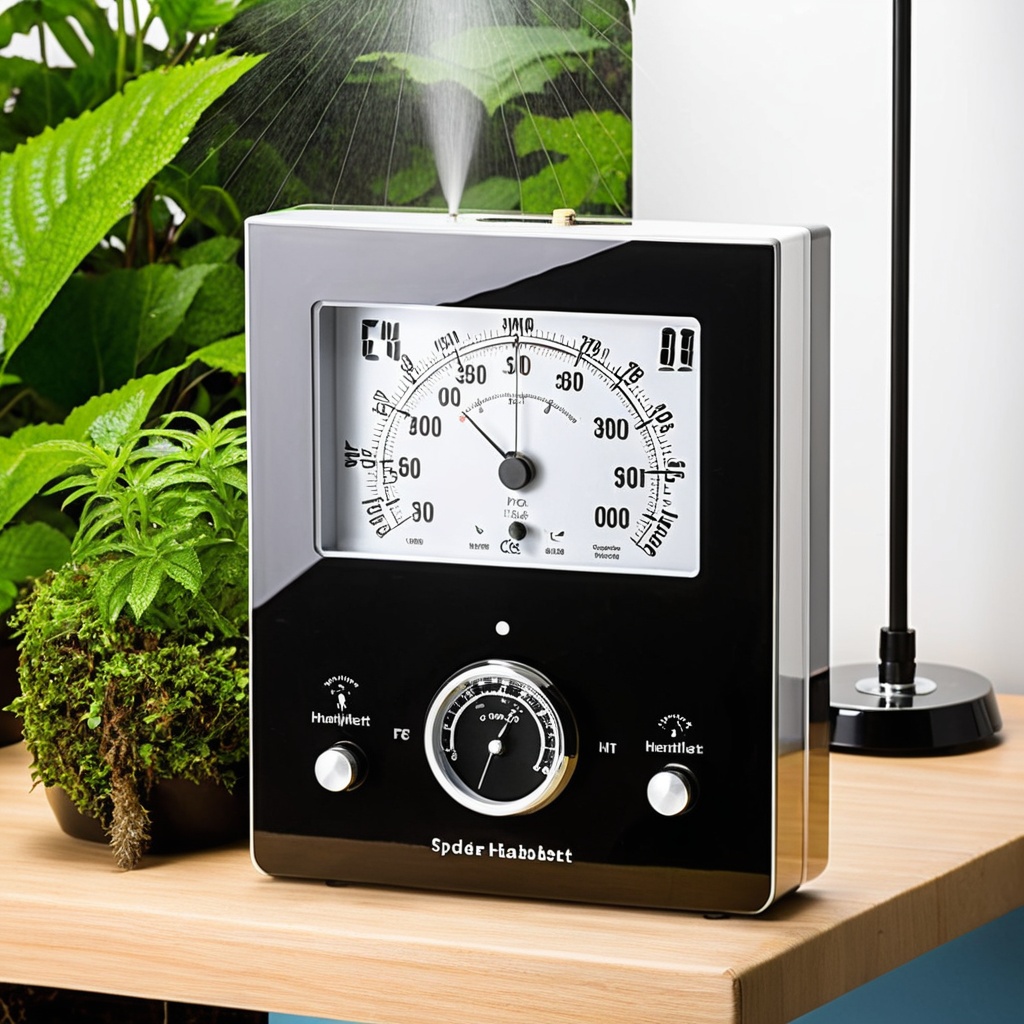
Humidity
- Maintain 60-70% humidity
- Daily misting schedule
- Proper ventilation required
- Use hygrometer for monitoring
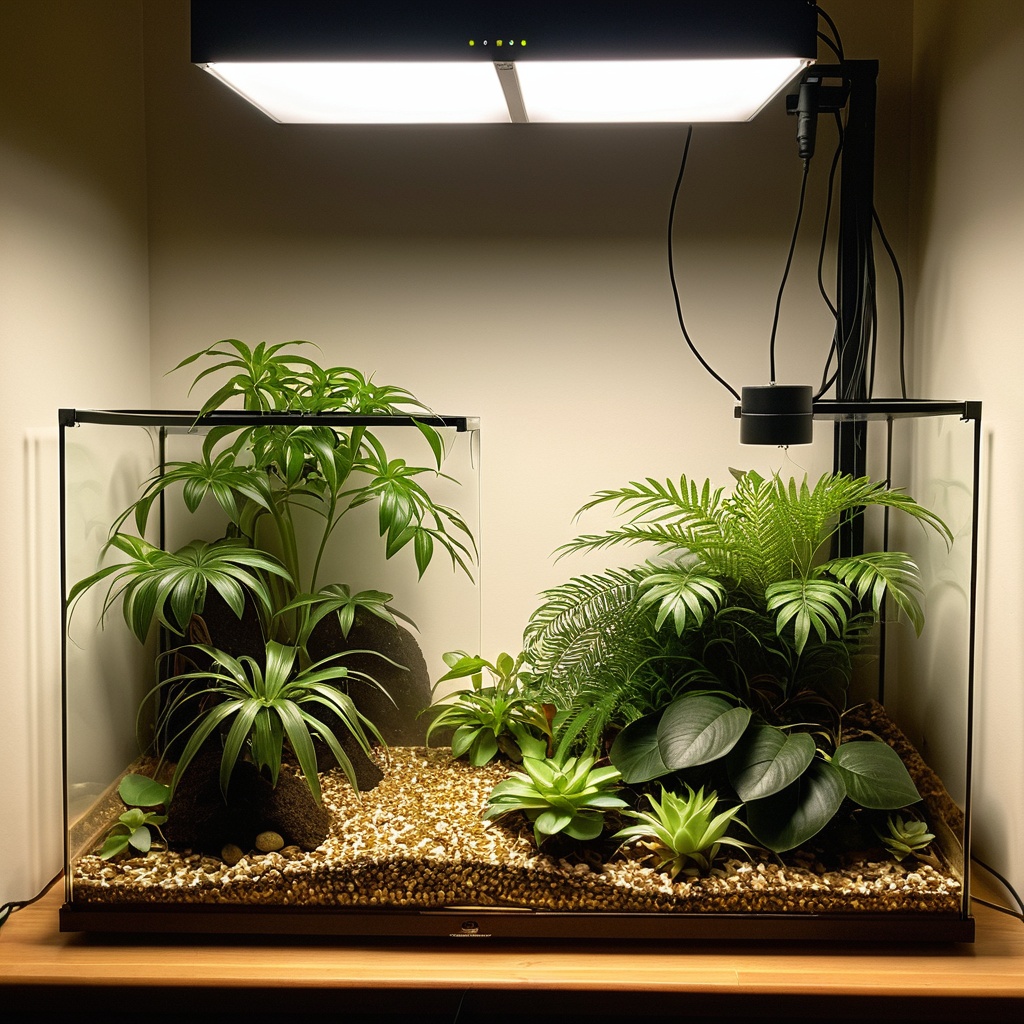
Lighting
- 12/12 hour light cycle
- Indirect natural light
- Avoid direct sunlight
- UVB not required
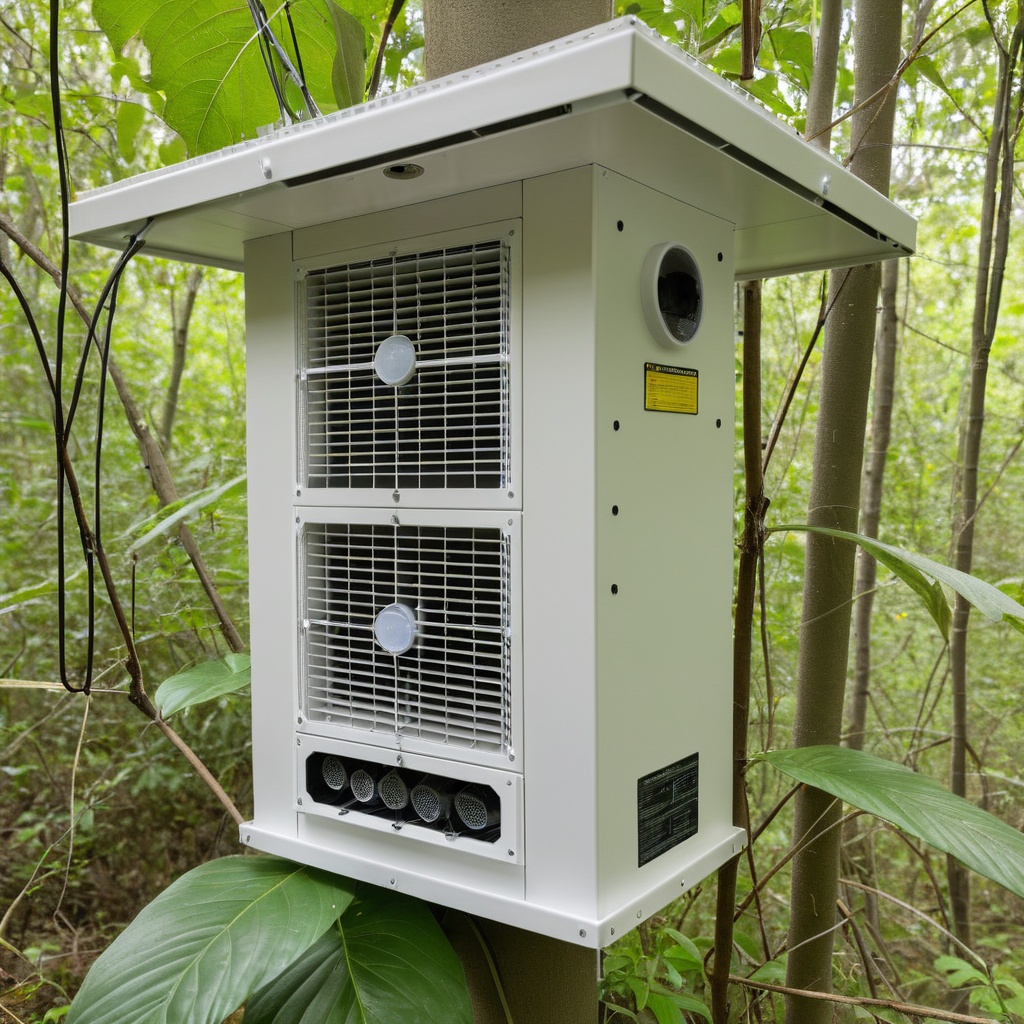
Ventilation
- Cross-ventilation system
- Regular air exchange
- Prevent stagnant air
- Monitor air quality
Professional Habitat Setup
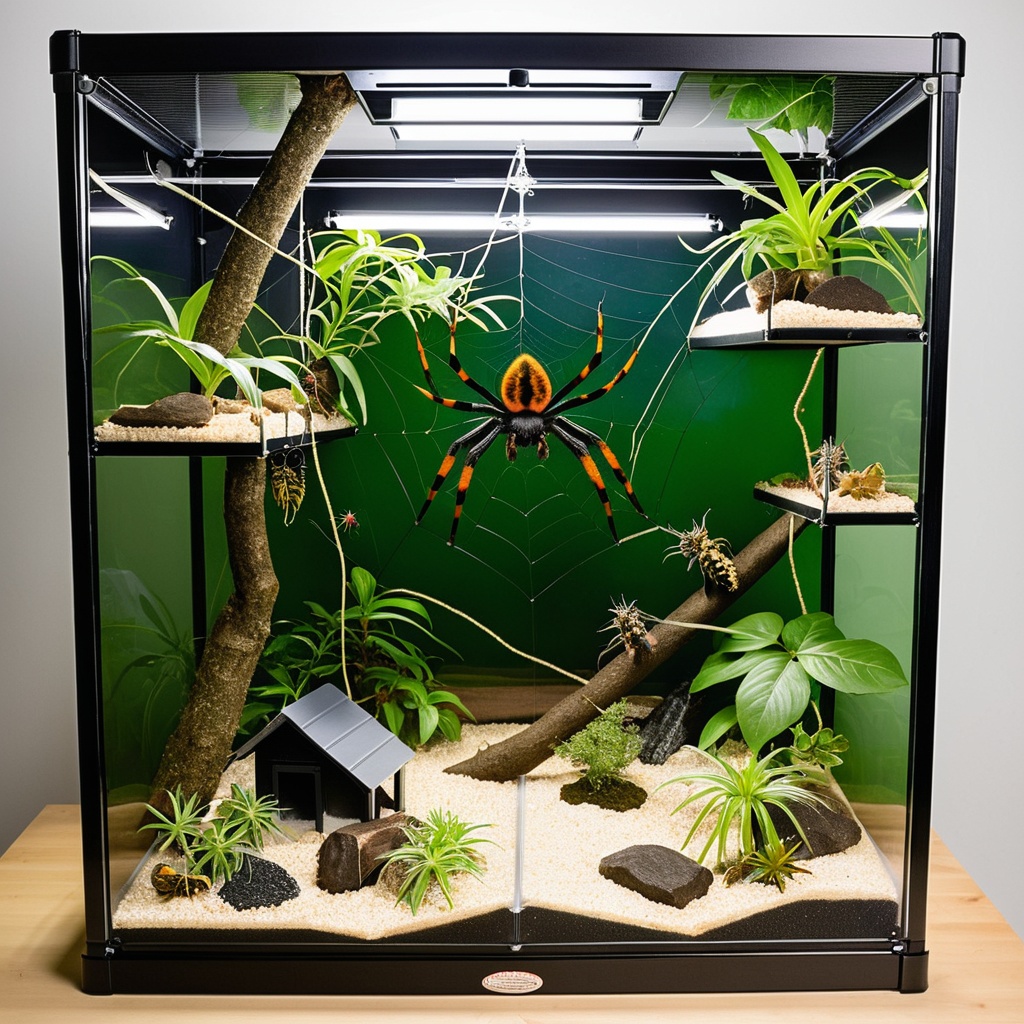
Enclosure Requirements
- Minimum size: 12" x 12" x 18"
- Secure locking mechanism
- Proper ventilation ports
- Easy access for maintenance
- Non-toxic materials
- Escape-proof design
Substrate & Furnishings
- 3-4" substrate depth
- Climbing structures
- Hide boxes
- Water dish
- Natural decorations
Feeding Protocol
Feeding Schedule
| Age | Frequency | Portion Size | Food Type |
|---|---|---|---|
| Spiderling | Every 2-3 days | Pinhead crickets | Soft-bodied prey |
| Juvenile | Every 4-5 days | Small crickets | Various insects |
| Adult | Every 7-10 days | Adult crickets | Mixed diet |
Professional Feeding Guidelines
- Feed at regular intervals
- Remove uneaten prey
- Gut-load feeder insects
- Provide fresh water daily
- Monitor feeding response
- Adjust portions as needed
Health Management
Regular Health Checks
- Weekly visual inspection
- Molting documentation
- Behavior monitoring
- Weight tracking
Warning Signs
- Reduced appetite
- Abnormal movement
- Unusual posture
- Color changes
Molting Care
- Increased humidity
- No disturbance
- Remove food items
- Post-molt monitoring
Emergency Care
- First aid protocols
- Vet contact information
- Quarantine procedures
- Emergency supplies
Maintenance Schedule
Daily Tasks
- Fresh water provision
- Temperature check
- Humidity monitoring
- Visual inspection
Weekly Tasks
- Spot cleaning
- Food schedule review
- Behavior documentation
- Equipment check
Monthly Tasks
- Deep cleaning
- Substrate change
- Growth documentation
- Health assessment
Annual Tasks
- Complete habitat refresh
- Equipment replacement
- Health record review
- Care plan update
Required Equipment & Supplies
Monitoring Equipment
- Digital thermometer
- Hygrometer
- Light timer
- Digital scale
Maintenance Tools
- Cleaning supplies
- Feeding tongs
- Spray bottle
- Catch cup
Emergency Supplies
- First aid kit
- Transport container
- Emergency contact list
- Care documentation
Habitat Supplies
- Substrate materials
- Hide boxes
- Water dishes
- Climbing structures
Professional Troubleshooting Guide
Feeding Issues
Common Causes:
- Pre-molt behavior
- Incorrect temperature
- Stress factors
- Inappropriate prey size
Solutions:
- Adjust environmental parameters
- Vary prey items
- Check for molting signs
- Reduce disturbances
Environmental Issues
Common Causes:
- Equipment malfunction
- Incorrect settings
- Poor ventilation
- Substrate issues
Solutions:
- Equipment maintenance
- Parameter adjustment
- Improve air flow
- Substrate replacement
Behavioral Changes
Common Causes:
- Environmental stress
- Health issues
- Natural cycles
- Social factors
Solutions:
- Environmental assessment
- Health check
- Behavior documentation
- Reduce stressors
Health Concerns
Common Causes:
- Poor husbandry
- Nutritional issues
- Environmental stress
- Age-related changes
Solutions:
- Husbandry review
- Diet adjustment
- Environmental optimization
- Veterinary consultation
Additional Resources
Care Documentation
Educational Materials
Professional Support
Equipment Guide
Professional Support
Need specialized care advice or have questions about your spider? Our expert team is here to help.
